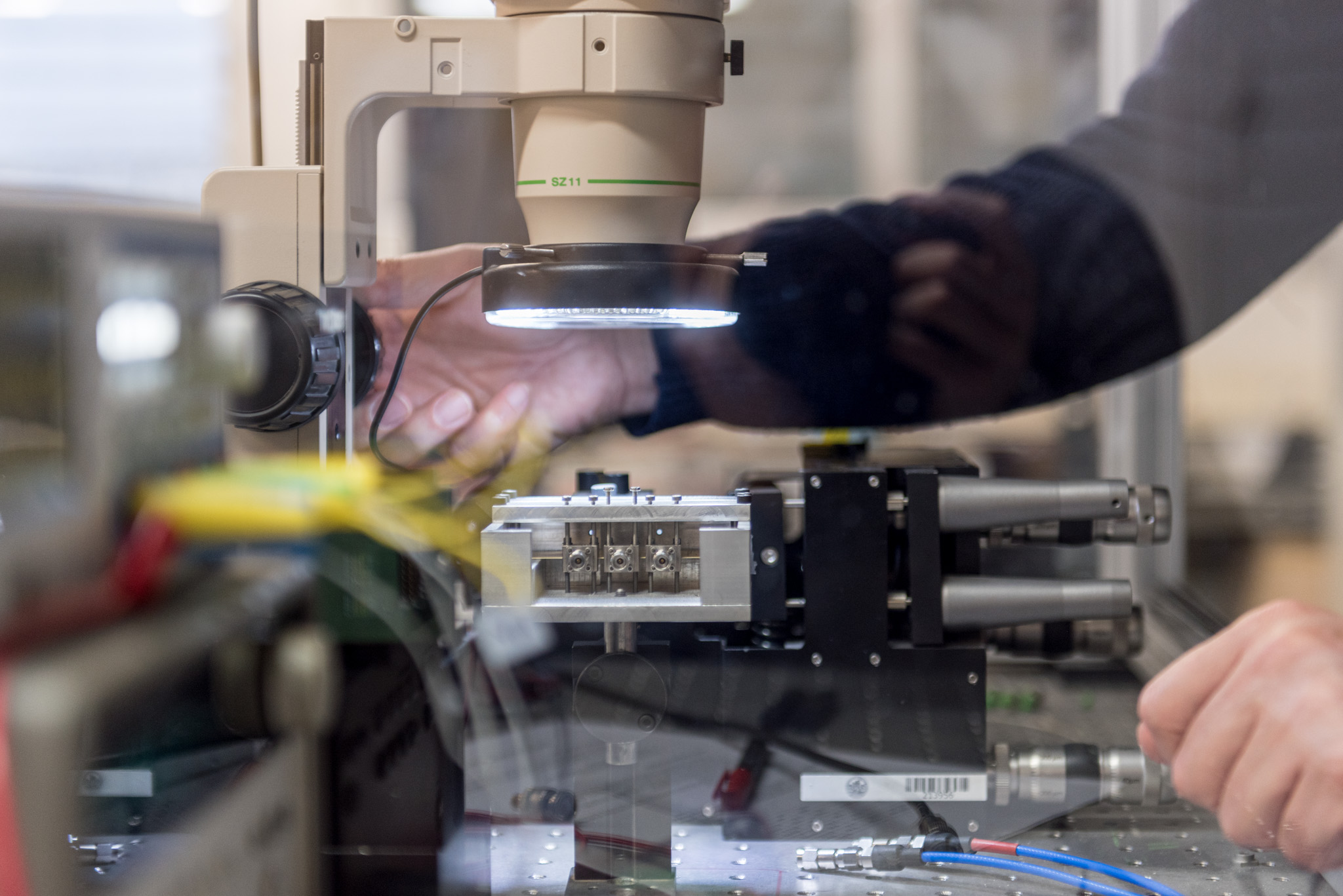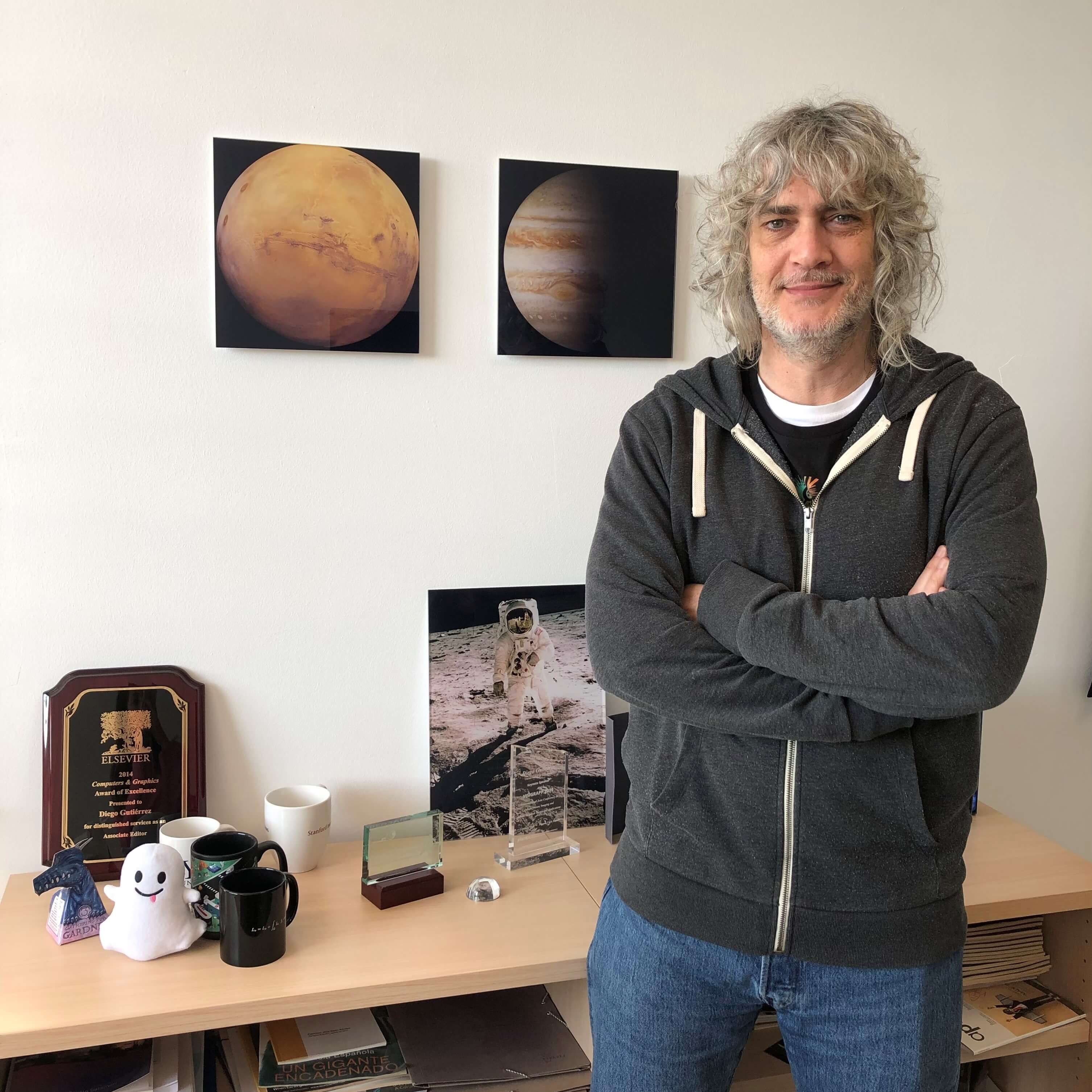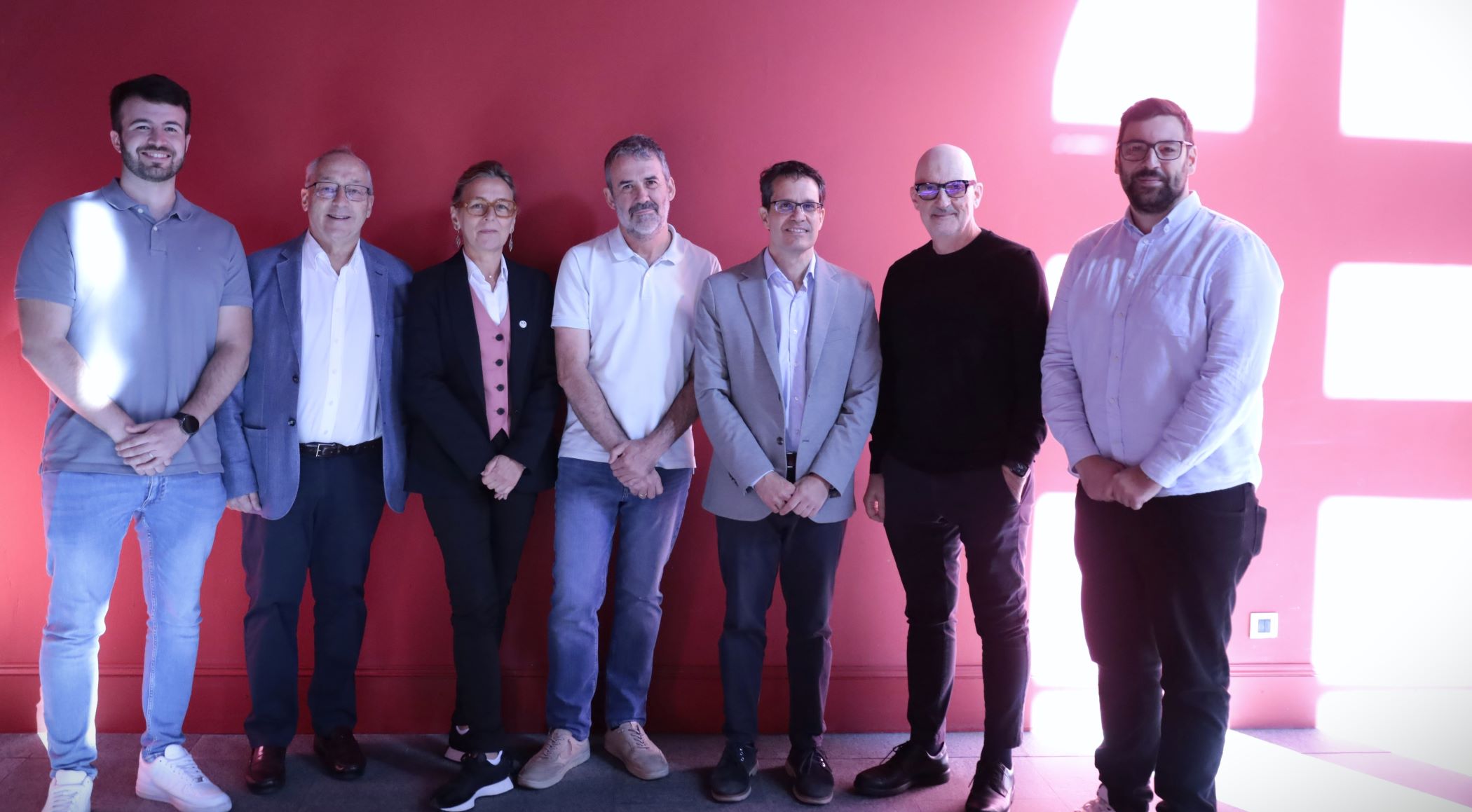
The development of photonics, understood as that part of science and engineering that deals with the handling of light and its use in any application, has led it to become one of the key technologies of the 21st century, declared as such by the European Commission, due to its impact on fields such as health, information and communications, the industrial sector, energy, the environment and social networks.
"We can, for example, see a Tik-Tok today thanks to Photonics: the mobile screen, the information that comes from the cloud via optical fibre or how audiovisual content has been generated is Photonics," says Juan Ignacio Garcés, coordinator of the Photonics Laboratory of the Aragon Institute for Engineering Research (I3A Unizar). He also adds that it is a key technology within "Deep tech", those invisible technologies that are necessary in our lives.
Today, photonics, especially through the use of devices such as lasers, LEDs and detectors, is present in practically all sectors of activity - preferably including industry - and has brought about a radical change in many of them in favour of efficiency and quality.
The I3A joins the celebration of the International Day of Light (16 May), dedicated to explaining how light-based technologies contribute to the well-being of humanity, by publicising the work carried out at the Photonics Lab. It is one of the nine cutting-edge laboratories created by this research centre of the University of Zaragoza. Its aim is to support and connect the research community, develop research capacity to tackle complex problems, promote new challenges through collaborative projects, promote opportunities for knowledge transfer and act as a gateway for external organisations.
Nine lines of research cover different levels, from basic research to applied developments. It is capable of reaching the most advanced areas of photonics through the work of the teams behind the 16 researchers that form part of this I3A laboratory, in six groups of the Institute. "The idea of creating this laboratory is to work on and publicise projects related to photonics carried out by the research groups that form part of the laboratory, seeking collaboration both among ourselves and with teams and companies outside the I3A," says its coordinator, Juan Ignacio Garcés.
The laboratory is expected to obtain European funding to obtain projects within Horizon Europe and also to transfer a large part of the research to different companies, steps that the I3A has already begun to take.
These are the main lines of research of the I3A photonics lab:
- Passive and active optical fibres and integrated photonic circuits
- Optical communications
- Advanced metrology using state-of-the-art photonic technologies
- Computer vision and perception
- Computational imaging
- Advanced instrumentation using photonic technologies
- Multi-layer deposition technologies
- Holographic elements
- Optical sensors
In Spain, there is the technology platform "Fotónica 21" which brings together a significant number of companies, research groups and relevant stakeholders in this technology. Through this platform, opinions are exchanged between science and technology with the ultimate goal of promoting a sustainable growth of Photonics at national level. It has its own Strategic Research Agenda planned for the next five or six years, which provides a cross-cutting vision of all those topics in which the Spanish photonics ecosystem is capable of contributing value.
More information: International Day of Light.
It was declared by UNESCO in 2017 and, since then, it has been celebrated every 16 May with the aim of raising awareness of the importance of the advances and contributions of light for development in all fields and facets of human life.



